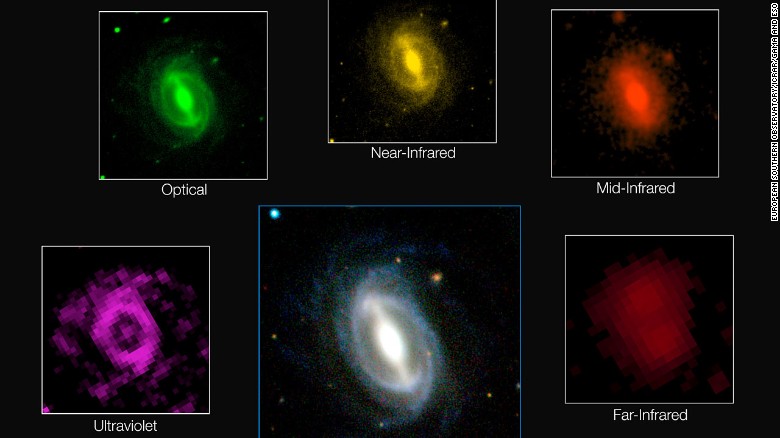Out with the old, in with the new, as the old saying goes – or just out with the old. That's because, according to a new astronomical study, "the Universe is slowly dying". Scientists have contended with this theory for years, but the new discoveries present the downfall of everything we know with unparalleled certainty.
The study comes from a team of approximately 100 scientists worldwide and some of the most powerful telescopes in the world. The team managed to study energy derived from over 200,000 galaxies in an extensive fragment of the observable universe, and based on what they saw, concluded that the amount of energy being radiated by the cosmos now is only half of what it was 2 billion years ago. The findings were published on the European Southern Observatory website, according to CNN.
In the process, the researchers examined energy along a far-reaching lightwave spectrum in addition to other forms of electromagnetic radiation. The team says that energy is depleting through all wavelengths, including ultraviolet and far infrared.

At 13.8 billion years old, "the Universe has basically sat down on the sofa, pulled up a blanket and is about to nod off for an eternal doze," as lead astronomer Simon Driver puts it.
In its final years, the Universe will be nothing more than "a cold, dark and desolate place, where all of the lights go out," explains Luke Davies, another astronomer on the team.
Rest assured, however, we're still trillions of years from the Universe's eternal demise.
Scientists claim that the entire cosmos was inflicted by a massive blast called the Big Bang, which ocurred in an imperceptible fraction of a second and that, as a result, all energy and mass hails from that moment in time.
By converting mass into energy using the effects of extreme gravity, which leads matter to burst into nuclear fusion, the cosmos was able to create numerous sources of radiation, the most familiar being stars.
Also included is radiance from gas clouds, supernovas, and the discs of hot matter orbiting black holes that form quasars – which, quite literally, burn brighter than a billion suns.
"While most of the energy sloshing around in the universe arose in the aftermath of the Big Bang, additional energy is constantly being generated by stars as they fuse elements like hydrogen and helium together," Driver said.
With new sources of radiation constantly being generated, it might come as a surprise to discover that all of it is fading while its energy proceeds to navigate the cosmos.
Driver says this new energy either gets absorbed by dust while voyaging through the host galaxy or, alternatively, "escapes into intergalactic space and travels until it hits something," which could include a star, a planet, or perhaps less commonly, a telescope mirror.
From seven of the world's most luxurious telescopes located in Australia, Chile, the United States, and in Earth's orbit, Driver's team observed wavelengths upon wavelengths of light as well as other electromagnetic waves.
Piecing together data from the wavelengths collectively provides scientists with precise visual representation of the observable universe as opposed to compiling data individually.
The team's discoveries will in turn be used for the Galaxy and Mass assembly project (GAMA), intended to administer a more comprehensive understanding of galaxy formations. Thus far, the project has been responsible for mapping out the position of 4 million galaxies.
